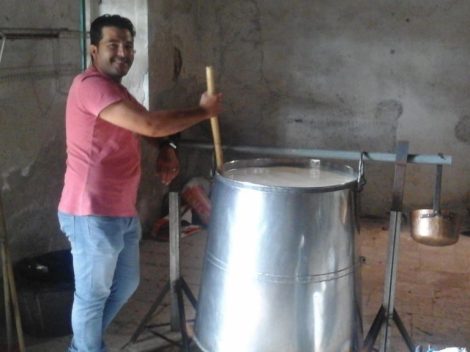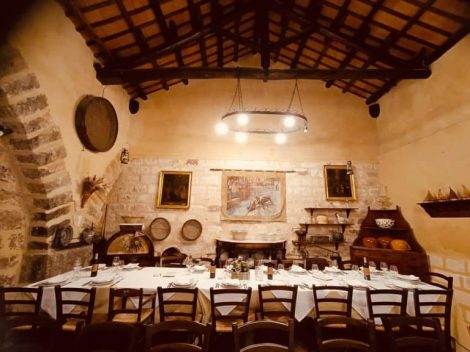The Italian Carnevale brings with it a series of delicious desserts. Some of them are widespread all over the country: frappe, for example (also called chiacchiere or bugie), a special fried elongated shaped pastry, or castagnole, deep fried sweet dough balls, that can sometimes be stuffed with custard, ricotta or chocolate. But there is more in Italy beyond these two famous desserts: here are 15 recipes to discover more about the celebration.
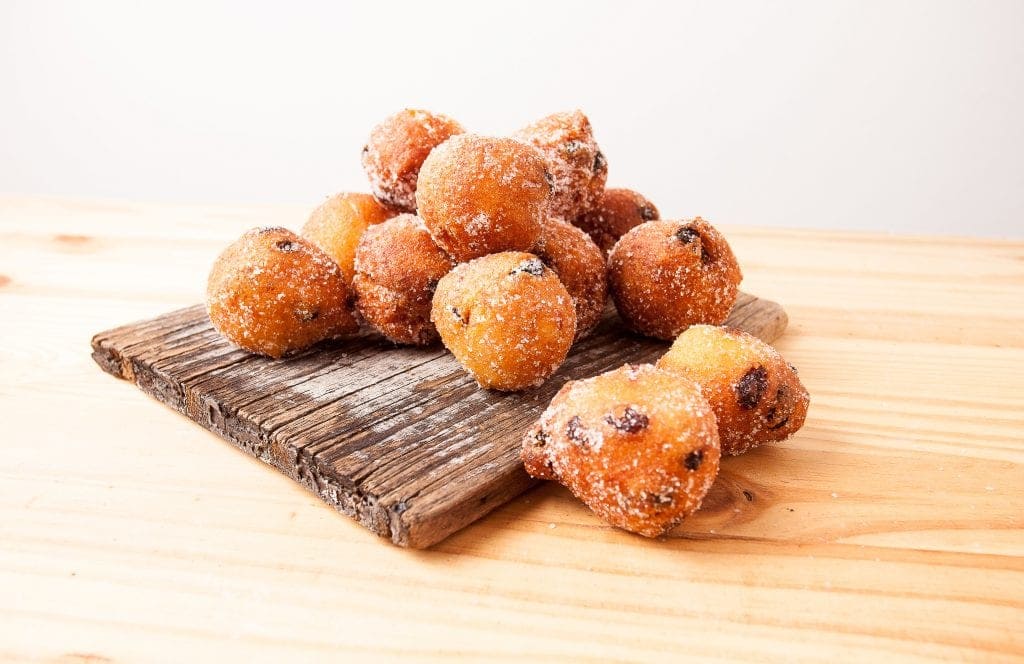
Venetian fritole
The desserts for Carnevale in Northern Italy
There’s no Carnevale in Venice without frìtole, small fried dough balls enriched with raisins, that can be stuffed with zabaglione. You can also try the traditional galani, a type of frappe coated in icing sugar. Emilia Romagna is the land of ravioli fritti – fried dumplings stuffed with jam – probably born during the Middle Ages. The region is also famous for its tradition of homemade pasta: one of the most iconic pasta shape here is tagliatelle, long, flat ribbons made with flour and eggs, which during the Carnevale period are sprinkled with sugar, rolled up and fried in a pan with vegetable oil. Meanwhile, in Trentino Alto Adige, it’s time for the apple fritters, an ancient peasant recipe which is still one of the most appreciated desserts of the Northern region.
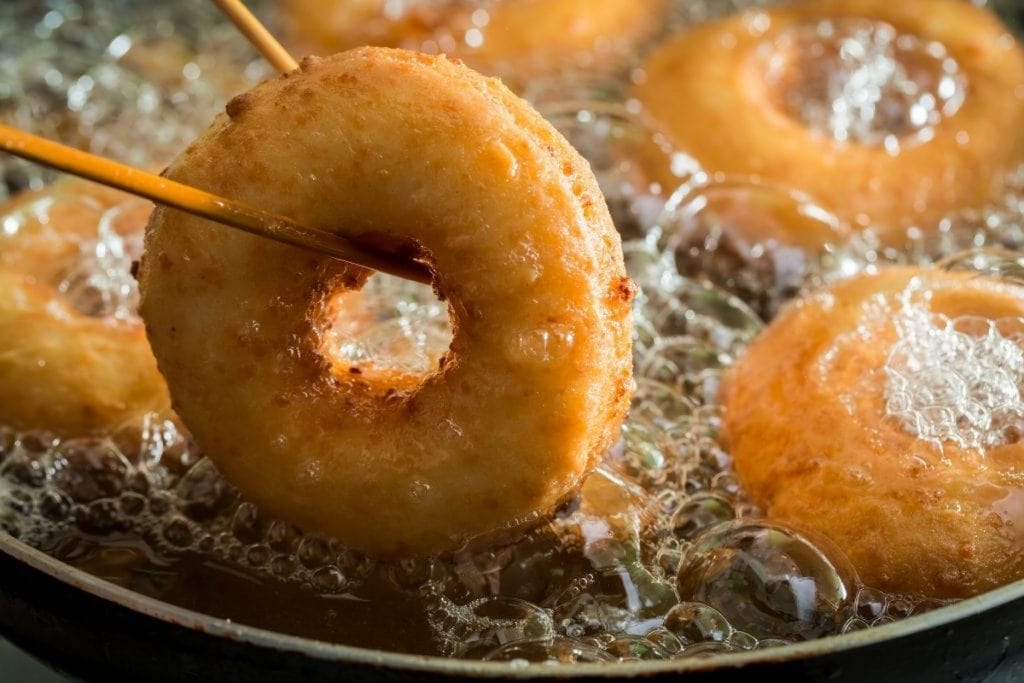
Potato donuts from Abruzzo
Carnevale in Central Italy: the best desserts
A special Tuscan dessert is schiacciata alla fiorentina, a soft and moist cake usually prepared on Shrove Tuesday, topped with the Tuscan coat of arms made with icing sugar. The cake is prepared with flour, eggs, lard, yeast, vanilla and orange zest, and it is filled with custard. Another sweet specialities are frittelle di riso - rice fritters - and cenci, the Tuscan version of chiacchiere made with Vin Santo, the typical local sweet wine. In Abruzzo, Carnevale is celebrated with fried potato donuts, while in Umbria it is common to eat crescionda, a cake once made with chicken broth, eggs, breadcrumbs and chocolate. Today, the recipe is quite different and the crescionda is now a sweet layered cake. Besides, don’t miss the struffoli, fried doughs coated in honey.
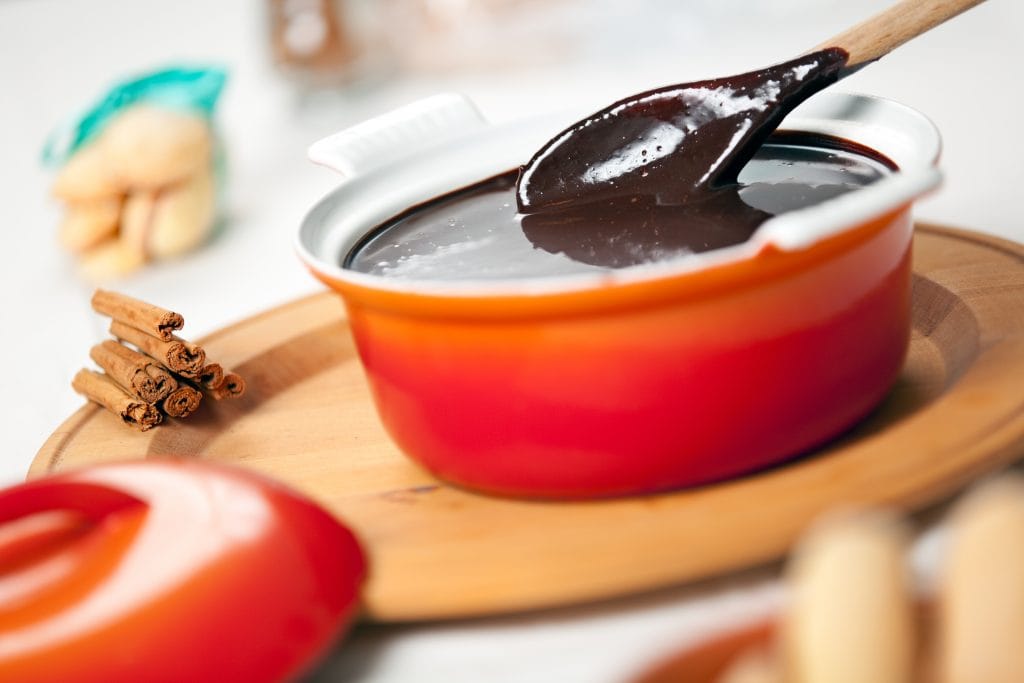
Sanguinaccio from Campania
Carnevale desserts in Southern Italy
Sardinia has a deep dessert tradition when it comes to Carnevale. Among the most famous treats of the island, zeppole play an important role: these soft donuts made with flour, eggs, milk, boiled potatoes and a pinch of saffron, are usually flavored with ornage zest and fil’e ferru, the typical Sardinian brandy. Zeppole were already made in Ancient Rome during the Liberalia festivity, in honour of Liber Pater – patron of fertility – and his wife Libera: at the time on the 17th March everyone could indulge in the pleasure of wine, paired with wheat fritters. Sardinian Carnevale is also famous for frittura araba, a spiral-shaped fritter made with flour, sugar, lemon zest, then coated in caster sugar. Let's move to Campania, where Carnevale only means one thing: migliaccio. It is a semolina dessert with ancient origins, linked to the peasant tradition and generally made with a few simple ingredients such as semolina and ricotta. In Naples, on the occasion of Shrove Tuesday, it’s possible to taste this soft cake once preparaed with miglio (millet flour – hence the name), that was very commong among the most destitute families living in the countryside. If you are in Campania for Carnevale, don't forget to try sanguinaccio, a sweet and thick custard made with chocolate, milk, cocoa powder, cornstarch, sugar and cinnamon. The modern recipe is easy and enjoyable, but in the past sanguinaccio was made with pig blood (sangue is, in fact, the Italian term for blood), mixed with cocoa powder, coffee powder and spices: a product invented to use up all the ingredients derived from the pig after the slaughter. The recipe eventually changed for hygienic reasons.
Recipe for Venetian fritole
Ingredients
500 g flour
150 g milk
2 eggs
30 g sugar (plus more for dusting)
100 g raisins
40 g pine nuts
1 shot glass of rum
20 g yeast
Vegetable oil
In a mixing bowl, put together the sifted flour and yeast, previously melted in some milk. Add the eggs and whisk the ingredients together, then add milk, rum, sugar, pine nuts, candied citron and raisins. Let it rest for an hour in a warm place. Take small portions of the dough and start frying them in a pan with some hot vegetable oil. Once cooked, sprinkle with caster sugar.
by Michela Becchi

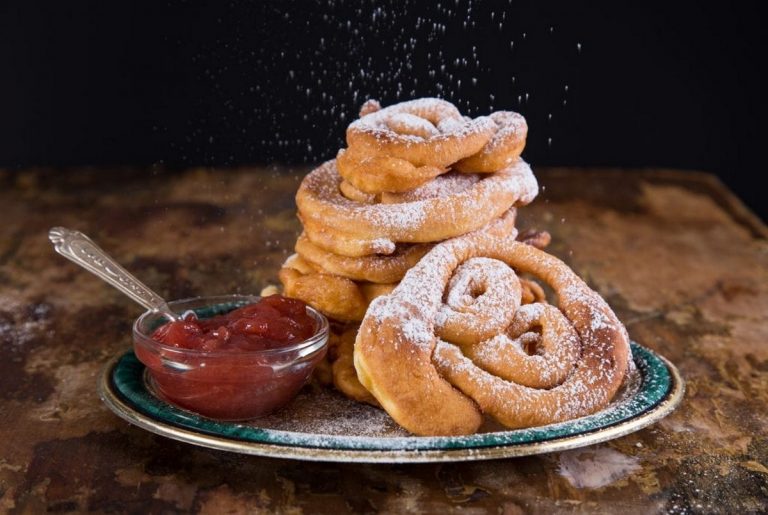
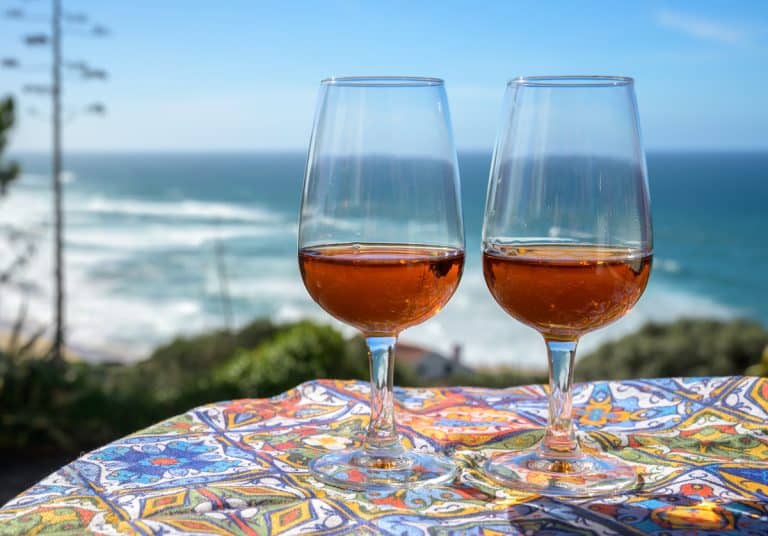 The irresistible charm of oxidative wines: the diaries of a Master of Wine
The irresistible charm of oxidative wines: the diaries of a Master of Wine "A Puglian cuisine without orecchiette or traditional dishes": Somma in Singapore explores the fine dining of the future
"A Puglian cuisine without orecchiette or traditional dishes": Somma in Singapore explores the fine dining of the future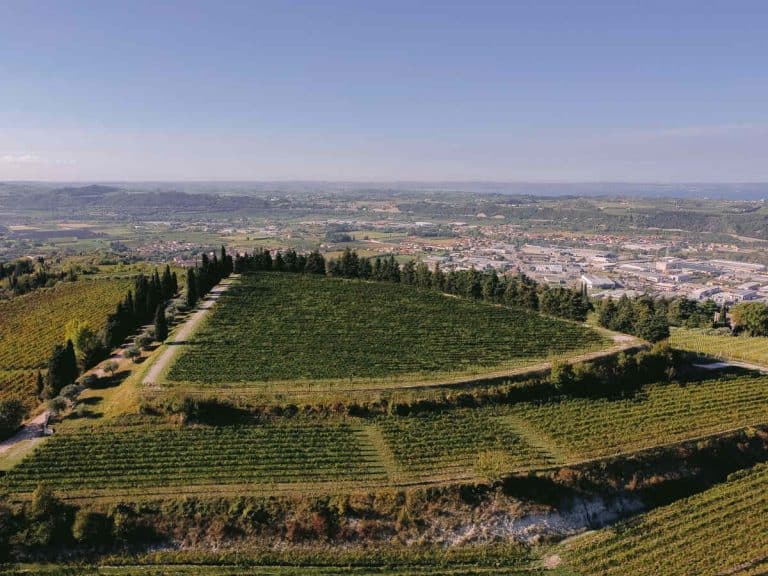 Here's how Valpolicella is evolving through the journey of an iconic wine
Here's how Valpolicella is evolving through the journey of an iconic wine "Chenin Blanc will be the new Chardonnay": Interview with Master of Wine Madeleine Stenwreth
"Chenin Blanc will be the new Chardonnay": Interview with Master of Wine Madeleine Stenwreth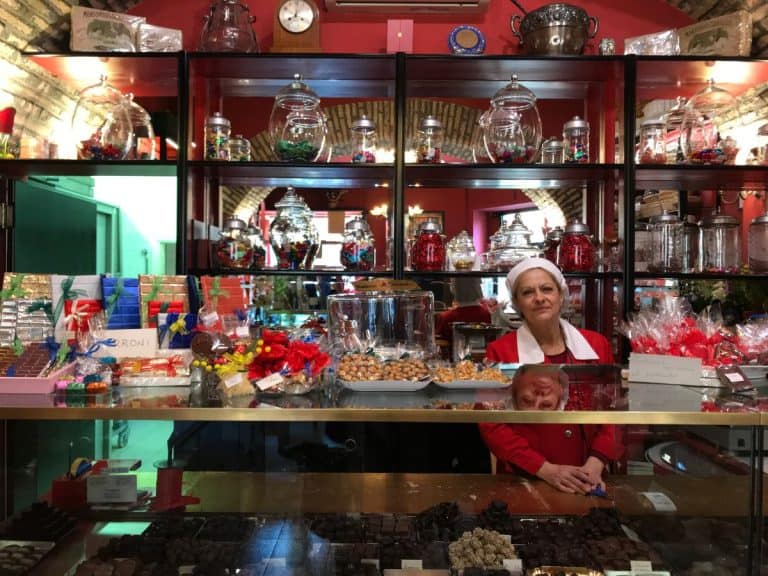 The ancient chocolate factory hidden in the alleys of Rome
The ancient chocolate factory hidden in the alleys of Rome



